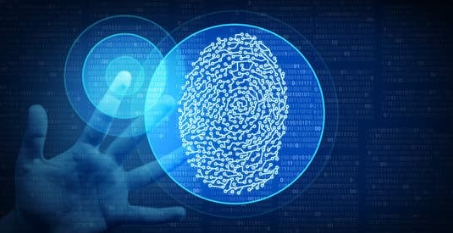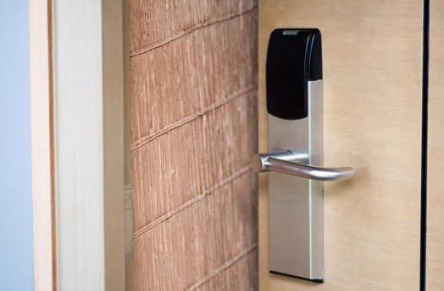
Access Control
What is Access Control
An access control system is a security measure that regulates and monitors who and what can access a specific area or resource. It uses various technologies and protocols to verify the identity of users and grant or deny them access based on predefined policies.
Access control systems use various methods to verify the identity of users, these can be seen on physical access control systems, such as:
-

Locks
Access control locks are integral components of access control systems designed to regulate and monitor entry to sensitive areas. They employ various technologies, including electronic locks, key card systems, and biometric authentication methods (like fingerprints or facial recognition), to secure locations against unauthorised access.
-

Card Readers
An access control card reader is a critical component of modern security systems that scans and verifies credentials presented by users to allow or restrict access to properties and sensitive areas. These readers typically work with various types of access cards, including proximity cards, smart cards, and magnetic stripe cards. They communicate data between the access control system and the card to authenticate users and manage access effectively.
-

Biometric Scanners
Biometric scanners are devices that identify and authenticate individuals based on their unique biological traits. Common types include fingerprint scanners, iris recognition systems, and facial recognition technologies. They provide a more secure means of identification compared to traditional methods like passwords and PINs because biometric traits are unique to each person and difficult to replicate.
-

Fire Roll Card
A fire roll call system integrates with access control systems to provide a real-time account of individuals present in a building during emergencies, such as fire alarms. These systems enhance safety by tracking who has exited and who remains inside the building, which is vital for effective emergency response.
